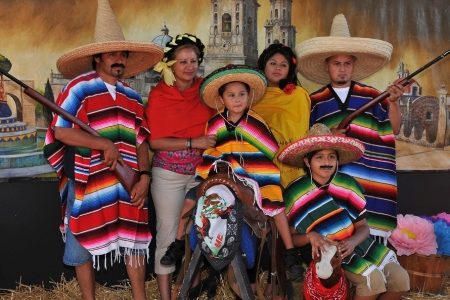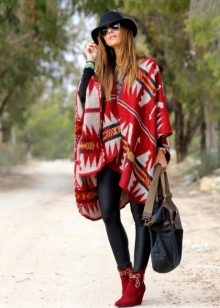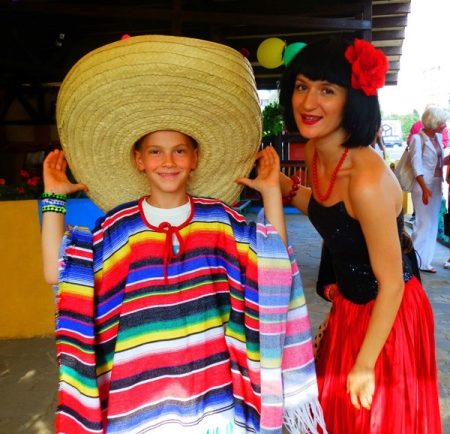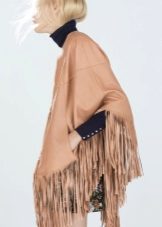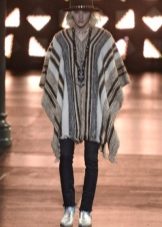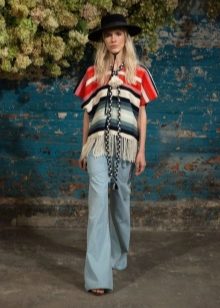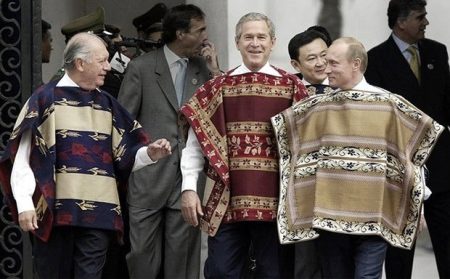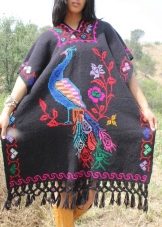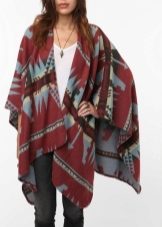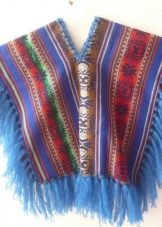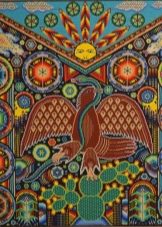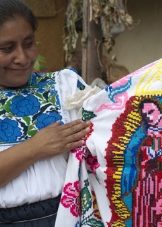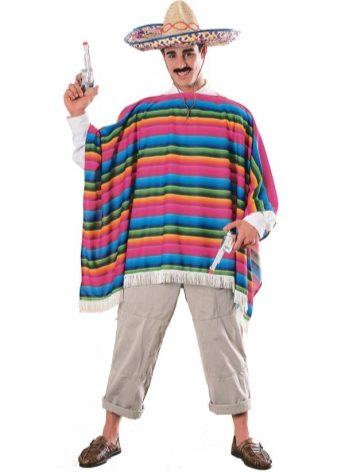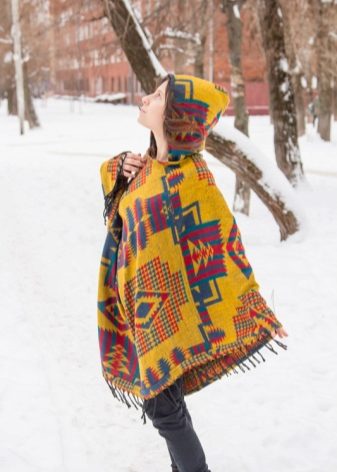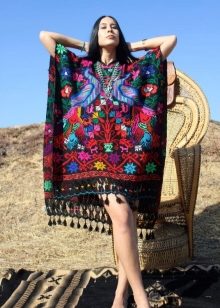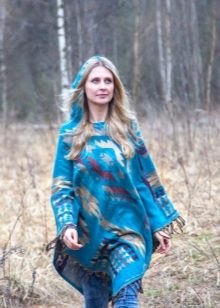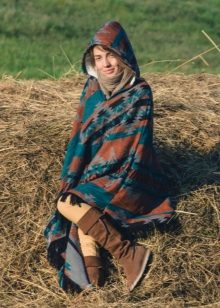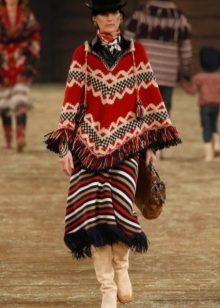Mexican poncho
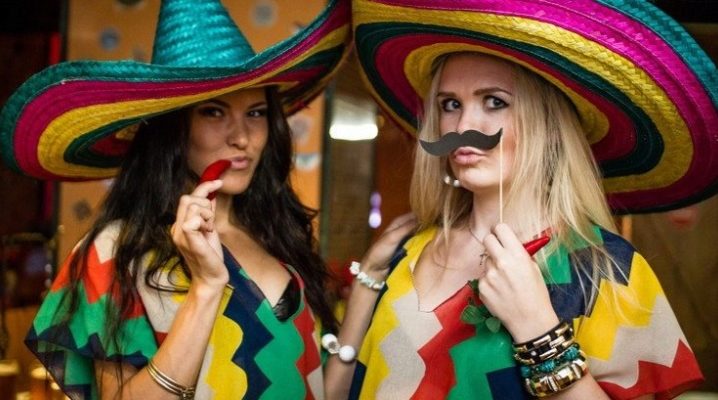
Poncho is part of the culture of Mexico. It is with this garment that traditional Mexican attire is often associated. Of course, few people use ponchos as casual wear. Today, poncho has become more the subject of respecting traditions, an attribute for holidays and various folk festivals, events where it is important to observe centuries-old foundations.
What is it
There are several important nuances that you should know about the traditional poncho and what is mainly offered to us.
In simple terms, the poncho is a square fabric of wool or other natural material, in the middle of which there is a slot for the head. One side of the poncho can reach a length of 1.5-2 meters. It all depends on your chosen size or style.
- Traditional ponchos are also leather and knitted, so you should not be surprised to find such models.
- Real Mexican ponchos are always made by hand. To do this, use pure natural wool.
- Some models of poncho can weigh over 3-4 kilograms.
- The nuances of the manufacture and manufacture of ponchos sometimes require several months to sew one piece.
- Poncho has a high thermal insulation properties, allowing you to warm a person in any weather - rain, wind or snow.
- The price of this Mexican poncho, hand-sewn, is quite high.
We are mainly confronted not with real ponchos, but with their industrial counterparts, which are sewn with appropriate machines.
- Analogs are made from a wider list of materials than traditional ponchos.
- The main feature of industrial ponchos is excellent thermal insulation properties and low weight.
Great autumn decision - this knitted poncho! With certain skills and abilities, many are able to create a Mexican poncho with their own hands.
Mexican patterns and motifs
To determine the attitude of the poncho to the Mexican national culture, pay attention to the patterns and ornaments used.
They personify the whole essence of the poncho. After all, such capes can remain an ordinary cape, rather than a classic Mexican attire.
To identify the present Mexican poncho or its correct modern interpretation can be based on the following motives and patterns.
- Strips, rhombuses, squares, pyramids and other geometric shapes. Most Mexican ponchos are made using such patterns.
- Skull and chrysanthemum. A few strange motives, but they perfectly embody the attitude of Mexican culture to the issues of life and death of a person. Delving deeper into the history of the country and their centuries-old traditions, you will be able to find out how important chrysanthemum and skull are.
- Cacti. Hereby symbol of the country. You probably have memories of Mexico immediately cause an associative series, where there are sombreros, ponchos and cactus. It is not surprising that this unusual plant is so often used to decorate traditional Mexican ponchos.
- Virgin Mary of Guadalupe. This is a special variant of the decor for the poncho, which should be treated with the utmost respect. Non-Mexicans do not wear a poncho depicting the Virgin Mary, as this may affect the religious feelings of the local population. Poncho depicting the Virgin of Guadalupe never used in everyday life. These capes are worn on special holidays, richly decorating ponchos.
What to wear
You can wear traditional Mexican ponchos with:
- Mexican hats. As you can imagine, this is a huge sombrero;
- Under the poncho, you can wear almost everything you think is necessary;
- In some cases, a poncho can act as independent clothing, that is, only underwear is worn under the bottom;
- On the bottom of the poncho are perfect tight pants and jeans;
- It is recommended to use boots, high cowboy boots as shoes;
Any clothes that have notes of ethnic style will be a great addition to the traditional Mexican poncho or its modern counterpart.
Mexico is an amazing country with a rich history and an incredibly interesting culture. Not surprisingly, a lot of ideas were introduced into modern fashion from the traditions of the Mexican people. Ponchos are becoming more popular in Russia, although they are markedly different from the true traditional Mexican capes.
